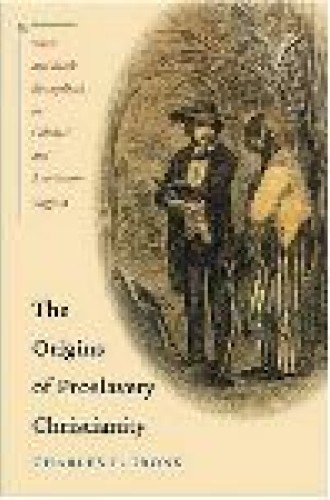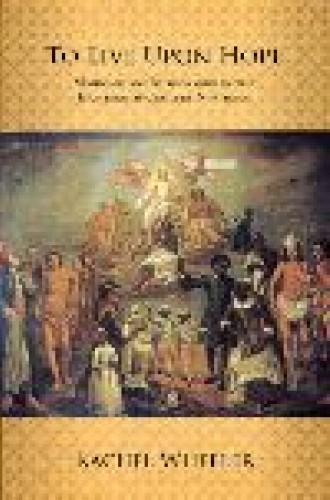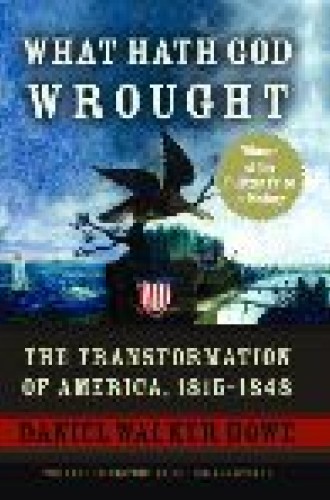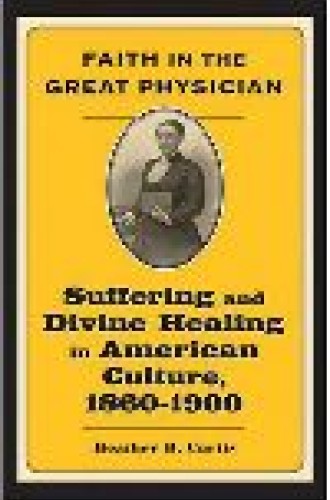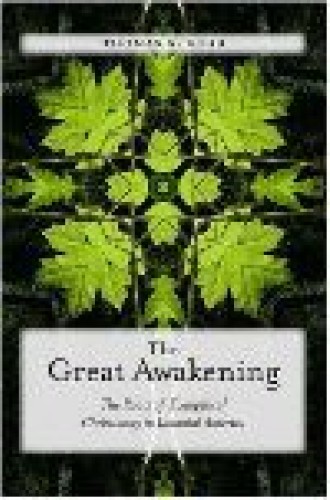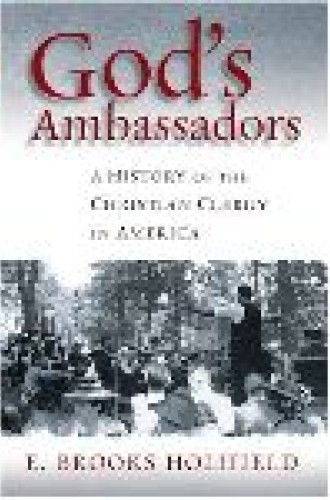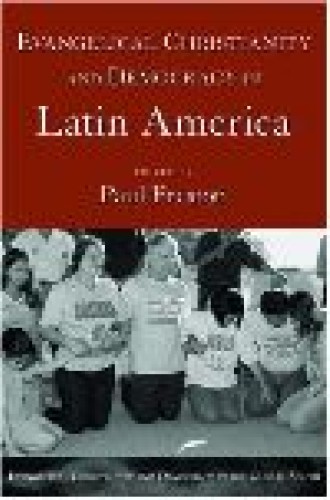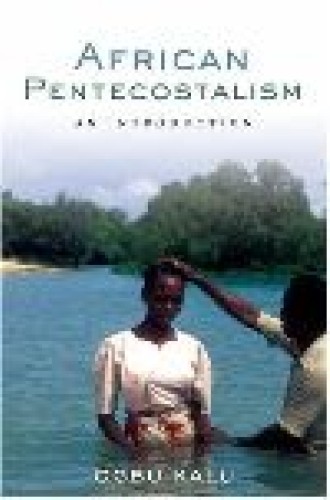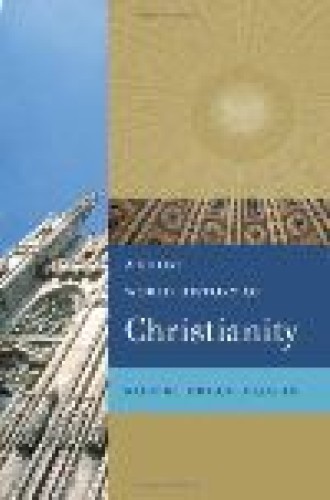Take and read
This well-researched and carefully nuanced study argues that southern white evangelicals became defenders of slavery because of—and through intimate association with—black evangelicals. The great success of this book as history is Irons’s demonstration that religion was just as important as race, class or gender in shaping the antebellum South. Its great success as history-teaching-by-example is his demonstration not only of the power of the gospel to change lives, but also of the power of cultural conventions to disfigure the gospel.
After carefully sifting through colonial records in several languages, Wheeler can explain why the Mohicans of colonial Massachusetts and New York responded much better to the Moravians than to the Congregationalists. In this revealing book there is much striking material on the missionaries (for example, Jonathan Edwards was less ethnocentric than most Congregationalists, while the Moravians were less so than almost all the British). But the greatest payoff comes from the biographical portraits of Native American converts, which are often very moving.
Howe’s Pulitzer Prize–winning addition to the multivolume Oxford History of the United States is excellent in many ways, not least in the full attention it gives to the religious dynamics of American history in this period. Without hiding instances where religion exacerbated social strife, Howe shows that Christian energy and Christian determination contributed a great deal to the startling rise of the American nation in this period of rapid change. It is a long and very satisfying read.
This is an illuminating and exceedingly careful examination of a historical terrain chock-full of interpretive landmines. Its subject is the wide range of American Protestants who at the end of the 19th century practiced some form of divine physical healing. Its careful attention to the experiences of both laity and elites is as strong as its evenhanded interpretation of what Curtis calls the healing movements’ manifold “ambiguities, inconsistencies, and ironies.”
For the past half century, specialized studies have proliferated on all aspects of colonial American religion, but not until the appearance of this measured study has someone put between two covers the many changes, expansions, tensions, innovations and controversies that together made up what is facilely labeled the Great Awakening. Kidd’s book is exemplary for taking a long view that encompasses most of the 18th century and for providing proportionate coverage of all regions.
In Holifield’s masterful account, ministry in the United States has been sustained by charisma conferred by office, status gained by personal achievement, and standing conveyed by reasonable persuasion—in a nearly infinite variety of combinations. The book is a model for balancing emphases on the churches that have influenced American society and on the changing vectors of American society that have influenced the churches. Holifield’s observation that “the Christian ministry will always be in crisis” opens up to a rich account of where the crises of leadership have been overcome and where they have not.
K. H. Ting was an Anglican bishop who for many years presided over China’s Three-Self Patriotic Movement churches. During the recent tumultuous years of Christianity’s rapid Chinese expansion, Ting was reviled by leaders of unregistered churches and often oppressed by the communist leaders with whom he tried to work. Remarkably fair-minded about Ting, Wickeri’s book amounts to a major study of Christianity in China as a whole.
Fresh research and a regular overturning of conventional wisdom mark the sterling case studies in this collection. Freston, a veteran historian and sociologist of Brazilian Protestants, enlisted a capable team of experts who describe five Latin American countries where the number of evangelicals is rising fast. It is not possible to understand the evangelicals’ social and political activities without studying all that they have done.
Kalu’s pathbreaking study challenges histories of Pentecostalism that bring Africa into the picture at a late stage. He painstakingly differentiates among a wide variety of Pentecostal and Pentecostal-like African movements while providing a great deal of wisdom about the social, economic and political contexts of these movements. The book strikes an especially nice balance between fine-grained local studies and the worldwide big picture.
Mullin’s history is not comprehensive, but it is very good for both scope (from Christ and the apostles to Benedict XVI) and breadth (with coverage of all continents in all eras). At under 300 pages, it is an ideal introduction to both traditional church history and the new realms opened by the more recent emergence of “world Christianity.”


